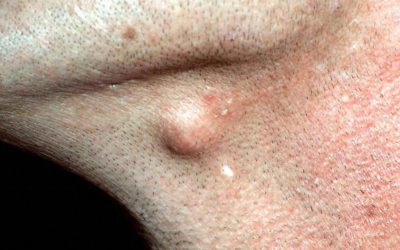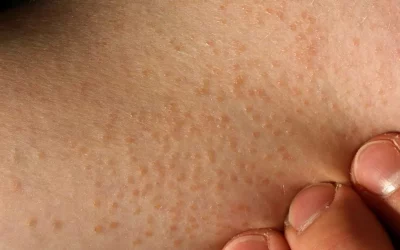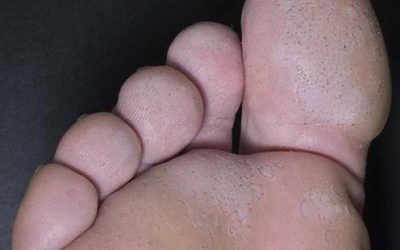Keratosis Pilaris – goosebumps
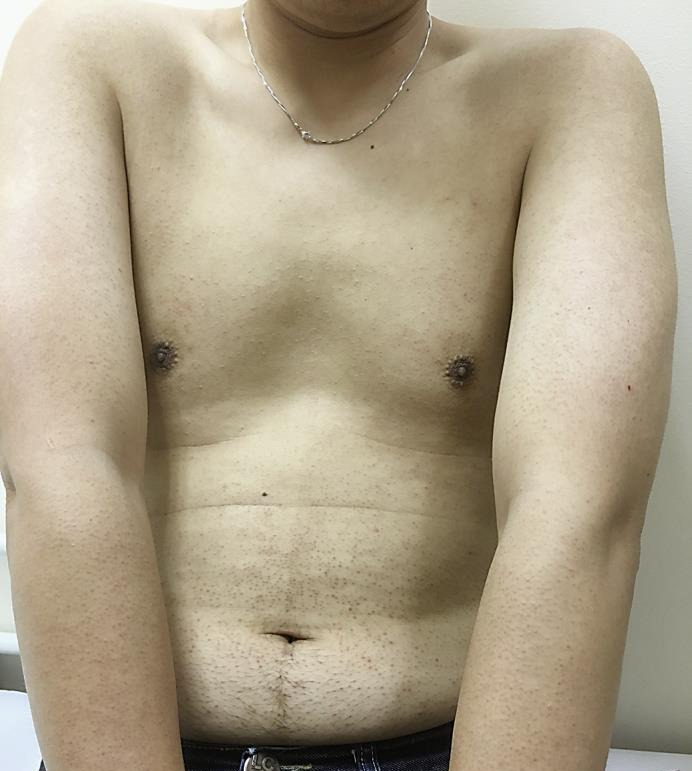
Keratosis pilaris usually occurs in children and young adults (up to 20% of children, 50-70% of adolescents and about 40% of adults). Although the exact cause of the disease is not known, it is often associated with atopic dermatitis, ichthyosis.
Diagnosed based on the clinical picture, small, flesh-colored or pink, hard papules are usually observed on the extensor surfaces of the limbs: upper arms, thighs, less frequently observed in other areas of the body.
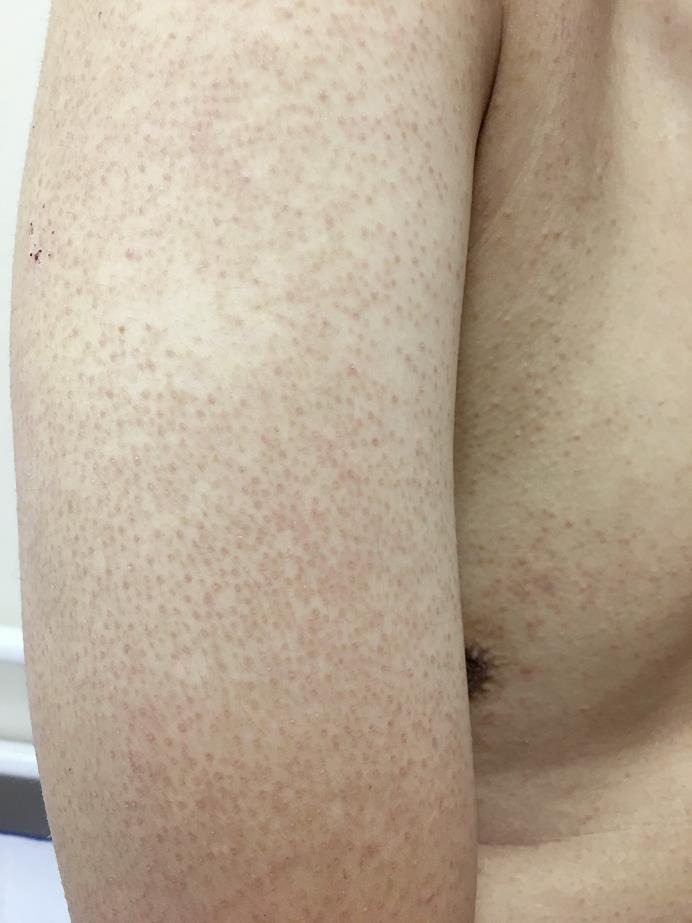
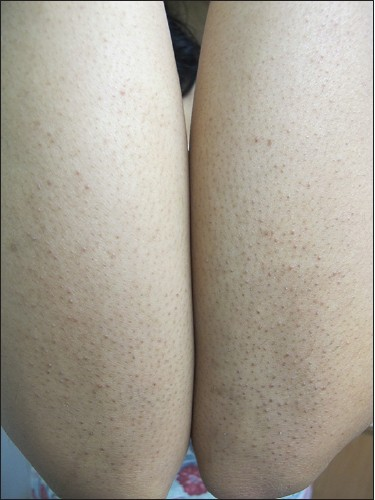
- Emollients (moisturizing creams) and keratolytics. Preparations containing milk acid, salicylic acid, urea, helps to soften and smooth keratotic papules.
- Topical retinoids. Can be used as a secondary treatment without the help of emollients and keratolytics.
- Topical corticosteroids. In case of pronounced inflammation, they can be used for 1-2 weeks.
- Third-line treatment may include systemic retinoids, laser therapy, and ablation procedures.
Daily washing in a lukewarm shower using mild, soap-free skin cleansers is recommended. No longer than 3 minutes after washing, apply moisturizing cream to the skin (choose the cream according to the description given in the treatment section). Wear looser clothing without causing additional skin irritation. It is important to maintain adequate humidity (50-60%) at home, and special air humidifiers can help with this. If you do not know which method of treatment is the most suitable for you, consult a dermatovenerologist.

Epidermoid cysts
Benign skin formation (cyst) formed at the place of hair growth, inside is usually filled with keratin and fatty filler.
Lichen nitidus
A rare inflammatory skin disease characterized by small, flesh-colored, shiny bumps on the skin.
Pitted Keratolysis
Non-inflammatory, bacterial skin disease of the palms and soles. Dotted pits are visible in the damaged skin, and an unpleasant smell is felt.
iDerma
MB iDerma
Fabijoniškių g. 99, Vilnius
+370 671 33323
info@iderma.lt

